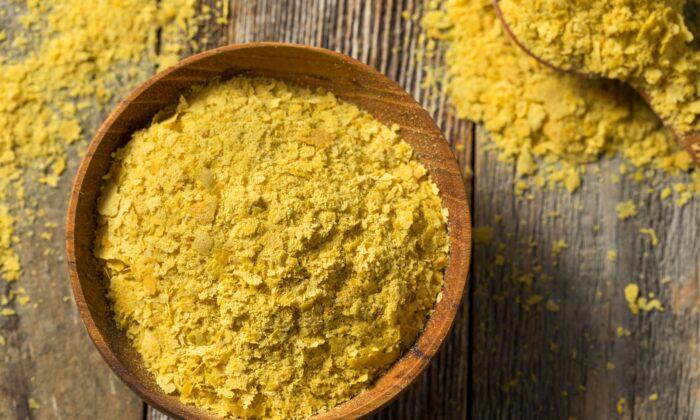Silicone bakeware takes ease and convenience to a new level. But there are a few things to keep in mind to optimize safety.
Who can help but be charmed by the cute silicone molds for baking cupcakes, mini-loaves, donuts, and practically anything else imaginable? They brighten store shelves with a rainbow of cheery colors, and tens of thousands of happy customers have left glowing reviews. “Silicone molds are so easy to use!” “They can go from freezer to oven!” “They really are nonstick!” “Cleanup is a breeze!” “No more scrubbing crumbs off of metal muffin tins!”
While all of those claims may be true, some have questioned how safe silicone really is for use in food production. Does it leach chemicals into food? Is it safe to use at high temperatures? Does it contain BPA?
The Anatomy of Silicone Products
Silicone products are extensively used in numerous industries including health care, cosmetics, and construction, and are often considered to be a superior alternative to plastic. Silicone products offer greater durability and flexibility than many comparable plastic products, greater resistance to extreme heat and cold, and food-grade silicone doesn’t contain harmful chemicals such as Bisphenol-A (BPA).Silicone is made by combining silicon—the second most abundant element in the earth’s crust, after oxygen—with oxygen, hydrogen, carbon, and oxygen through several complex processes, to form a rubber-like synthetic polymer. Silicones were
first approved by the Food and Drug Administration (FDA) in 1977 as being GRAS—“generally recognized as safe” for use in contact with food.
A decade passed before the first silicone cookware products (spatulas) appeared on the market. Since then, the production of silicone kitchenware, including bakeware, molds, utensils, and more, has exploded—but follow-up research has not. Due to its relatively recent appearance in household and commercial kitchens, there is little research to date on any long-term health concerns associated with the repeated use of silicone cookware.
Along with the FDA,
Health Canada unequivocally endorsed silicone, stating that “There are no known health hazards associated with use of silicone cookware. Silicone rubber does not react with food or beverages, or produce any hazardous fumes.” Food-grade silicone is generally thought to be non-toxic and chemically stable, as well as non-porous, meaning that it won’t leach chemicals into food, or absorb colors or odors.
Even so, subsequent research has raised questions about safety and quality control. A
June 2022 EU report examined the safety of silicone bakeware. After testing 44 different cupcake molds, purchased from a variety of retailers, researchers found that 82 percent released low levels of “substances of concern.” Six of the 44 samples emitted increasing amounts of volatile compounds between the first and third tests, indicating that the material was not stable enough for repeated use. The report concluded that “Silicone is … not inert and may inadvertently add ‘chemical ingredients’ to cakes and other baked goods that consumers neither expect—nor want.”
Quality Matters
In a
July 2022 study, published in Food and Chemical Toxicology, researchers tested four different silicone cupcake molds. Two were certified “platinum” silicone—the purest silicone available, and two were “lower quality.” The differences were significant. The higher-quality molds met the standards for off-gassing volatile organic compounds, but the lower-quality molds did not.
A
May 2023 article published in Comprehensive Reviews in Food Science and Food Safety noted the importance of product quality, stating that “due to the differences in SR [silicone rubber] product production formulas and processes, the quality of commercially available SR products varies greatly, with chemical and biological hazard potentials. Residual chemicals in SR … are non-intentionally added substances, which may migrate into food during processing so the safe use of SR must be guaranteed.”
In general, high-quality silicone (food grade or above) will be purer, lacking chemical “fillers” that are commonly added to lower-quality products. Not sure about the purity of the silicone cookware you use?
Million Marker, an organization dedicated to public education about environmental toxins, suggests using the “pinch test.” Just pinch and twist a small section of silicone rubber. If any white color shows through, that is an indication that the product contains chemical “fillers,” since pure silicone is the same color throughout.
Tips for Buying and Using Silicone Products
Silicone kitchenware is here to stay, and there’s no doubt that it’s superior to its Teflon or plastic counterparts. Nonetheless, there are a few things to keep in mind to ensure the products we use and the foods they come in contact with, are as safe as possible.
- Choose the purest, highest-quality silicone available. Make sure it’s food-grade or better (medical or platinum-grade). It’s worth spending more to ensure that the material will remain “like new,” and safe to use, for years to come. The higher the quality of the silicone, the lower the chance that it will leach chemicals into your food.
- Use only as directed and do not expose the silicone to heat greater than that recommended by the manufacturer. A 2005 Swiss study tested a variety of silicone baking molds and found that the molds were only stable up to around 300 degrees Fahrenheit. This is a concern since many baking recipes call for a 350 F oven. Check the approved maximum temperature for your silicone molds and don’t exceed it. Also, never expose silicone to an open flame or place it under the broiler element. It could melt or emit harmful fumes.
Silicone kitchenware can be a great alternative to other non-stick options. Choosing high-quality products, and using them only as directed, is key to providing many years of safe use.






